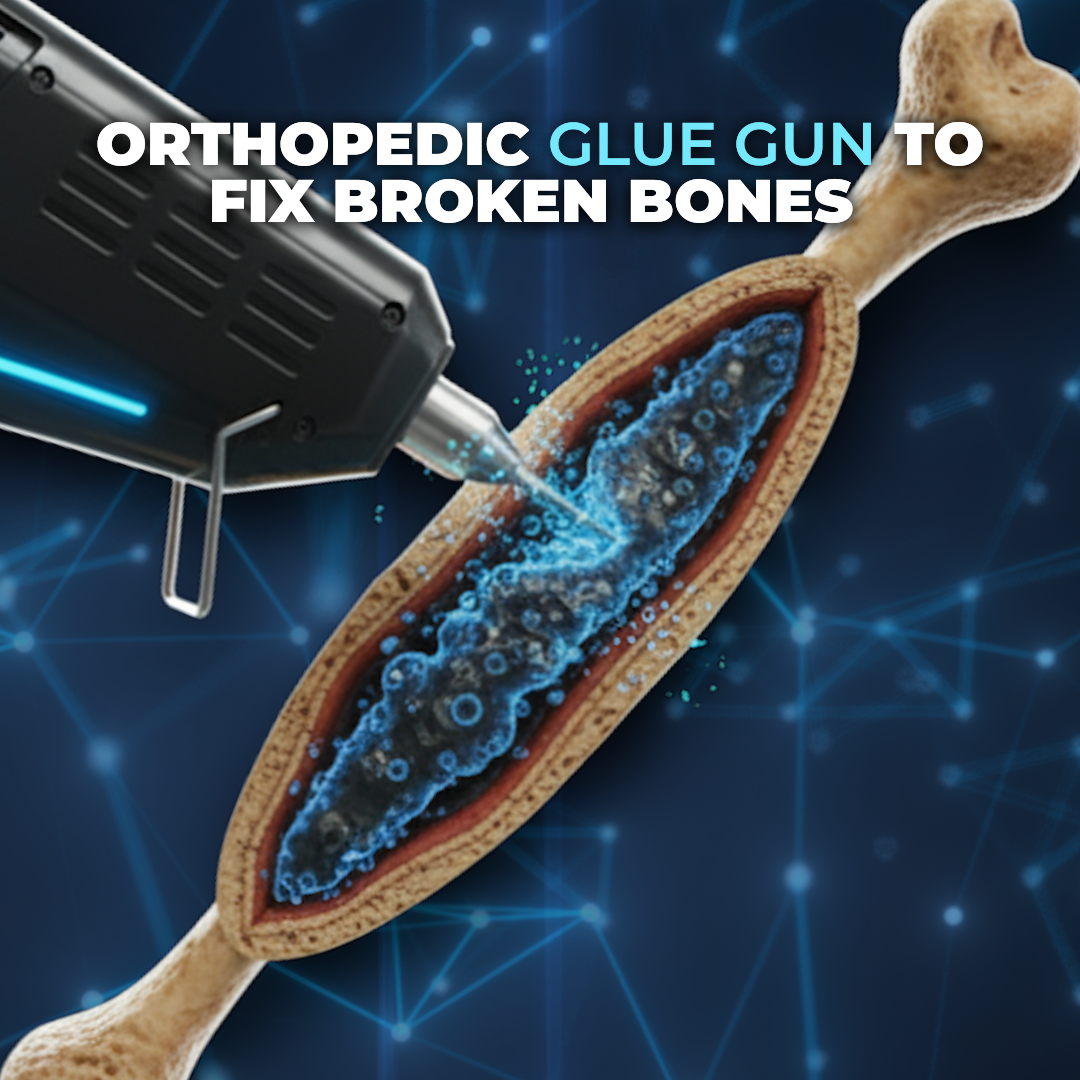Strapped to Bed During Surgery - Why?
Cory Calendine, MD, Orthopedic Surgeon, discusses why it is often necessary to secure patients to the operating room table during hip and knee joint replacement surgery. [video transcript below]
ADDITIONAL RESOURCES:
[VIDEO TRANSCRIPT]
Why do we strap patients to the bed during surgery? It seems a little brutal, doesn't it? It's an important question when you're asleep now, whether you're completely asleep or under a spinal. We're operating on you and we want to make sure you don't fall off the bed after your comfortable position. We put straps over you to hold you to the bed. We don't want you jumping up and going anywhere.
6 Facts About Being Tied Down During Surgery
#1. The arm with the intravenous lines in is very often strapped to an arm board and kept out at right-angles to the body to keep it accessible to the anaesthetist, while at the same time preventing it from either being pushed off the board by the rear end of one of the operating team (remember every part of the patient except the wound is typically under sterile drapes) or falling off when the bed is tilted.
#2. Where a limb is being operated on - like knee and hip replacement surgery - the limb is often secured and strapped down in the ideal position for the particular surgery to optimize the surgeon's exposure to joint and prevent movement.
#3. When traction has to be applied to enable the surgery such as hip replacement or a broken bone repair, the patient is often secured in place to prevent the body being pulled along instead of the muscles stretching as required.
#4. Although uncommon, when an operation has to be performed with the patient in the sitting position, the patient has to be strapped in place over the necessary supports to remain in position during surgery.
#5. Surgical procedure that involve the use of a microscope or extreme precision often require even more stabling measures to prevent movement. The area has to be kept absolutely still to complete the procedure successfully.
#6. When a patient is extremely obese, it is sometimes insufficient to simply tuck the arms into the side with supports (abdominal fat can press to one side and pull the rest of the patient out of position). In these circumstances, either the patient - and more directly the abdomen - is secured and supported to prevent movement after optimal positioning.








